Michelangelo Pistoletto, a luminary of Italian art since the inception of Arte Povera in the 1960s, stands unassuming in Blenheim Palace’s Long Library. Above him, historic portraits of British aristocracy – Spencers and Churchills – seem to peer down disapprovingly. If they suspect an intruder, they must look again; this is one of the artist’s mirror self-portraits, with a candid image photo-silkscreened onto a reflective surface. Blenheim is as much in Pistoletto as vice versa.
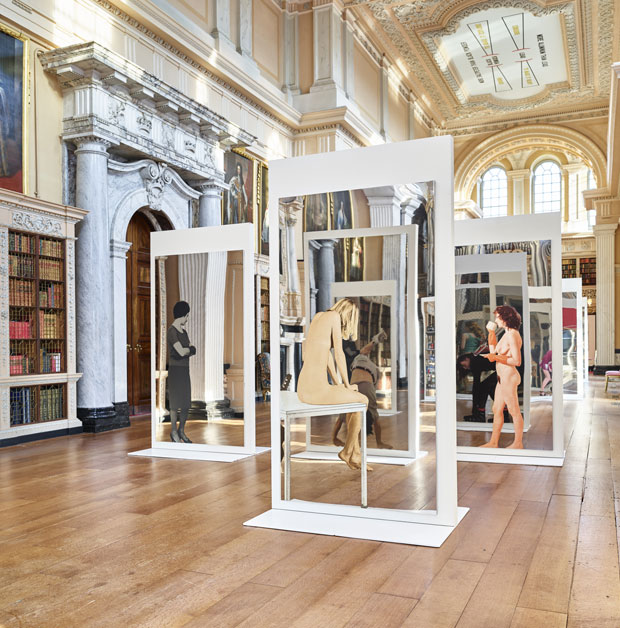
‘Self-Portraits’ (Il Presente/The Present) to ‘Quadri Specchianti/Mirror paintings’ (1961–present), by Michelangelo Pistoletto, in the Long Library of Blenheim Palace. Photo: Tom Lindboe. Courtesy of the Blenheim Art Foundation
The people depicted in Pistoletto’s mirrors (several of them are displayed in Blenheim for this show) are deliberately incongruous with these surroundings – although arguably no more so than the visitors reflected in them. In the Green Drawing Room at the other end of Blenheim’s state rooms, numerous portraits by Sir Joshua Reynolds are themselves reflected in the newly-mirrored bases of Upside-down Furniture (1978).
This work is a key example of how Pistoletto has appropriated the stately pile’s material for his own utopian message, which echoes around the estate. The curves of the mirrored chair base repeat outside, in the Formal Gardens’ water pools, which themselves of course reflect the house and grounds. In the Italian Garden, a resident statue of Venus rhymes with Pistoletto’s renowned Venus of the Rags (1967–2013), which is installed in the chapel: the artist’s plaster and rags hold their own against the all-consuming marble monument to the 1st Duke of Marlborough.
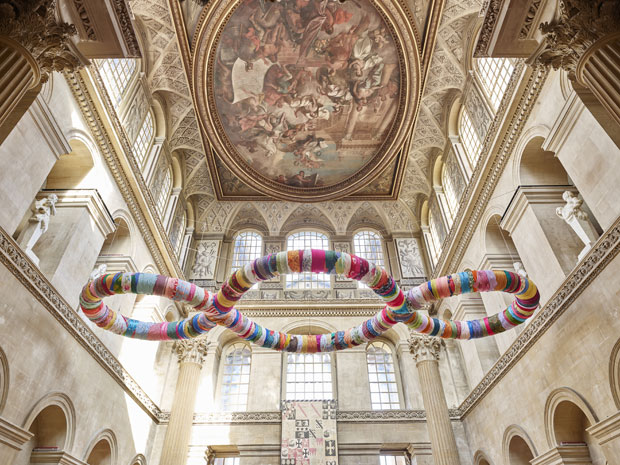
Third Paradise (2003–16), Michelangelo Pistoletto. Photo: Tom Lindboe. Courtesy of the Blenheim Art Foundation
This and other signature Pistoletto forms impose on as well as reflect the environment. The Third Paradise (2003–16), an enormous infinity symbol synthesising art and nature, swoops over The Great Hall, both framing and obscuring the painted ceiling in a garland for all seasons.
This is a busy time of year at Blenheim, for reasons other than its contemporary art programme, which is now in its third year (the previous instalments were from Ai Weiwei and Lawrence Weiner). Pistoletto is enthusiastically and accessibly explained and endorsed to a largely unsuspecting audience. Yet his presence at and relationship with Blenheim is never quite accounted for – despite being far from arbitrary. Beyond the works inspired by the palace’s Baroque grandeur, there is a personal connection. The Trumpets of Judgement (1968), a work about Fascist propaganda, relates to Pistoletto’s early awareness of Blenheim’s most famous son, Winston Churchill – the ‘voice of hope’ during his youth in Fascist Italy.
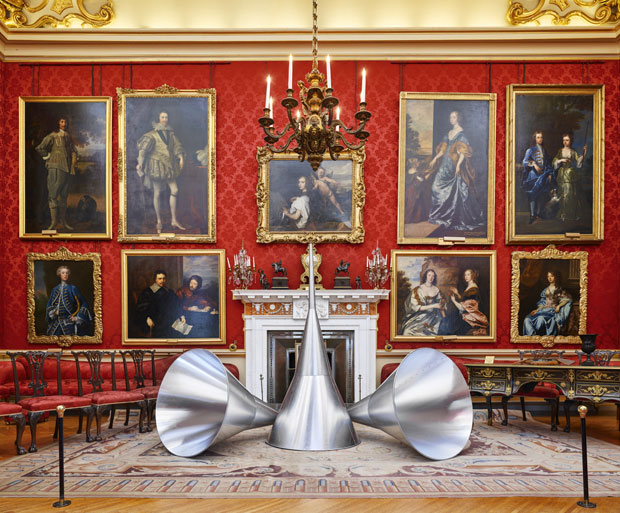
The Trumpets of Judgement (1968–86), Michelangelo Pistoletto. Photo: Tom Lindboe. Courtesy of the Blenheim Art Foundation
Intra-European relationships are evidently important to Pistoletto. In the saloon, in place of the banqueting table, sits Love Difference – Mediterranean Sea (2003–05). The mirrored table top, which traces the Mediterranean shoreline, is surrounded by diverse chairs from each of the bordering countries, and reflects Louis Laguerre’s Italianate trompe-l’oeil frescoes. This work, began when the Euro was introduced, is counterweighted by Globe (Minus Object) (1966–2016), a sphere made of newspaper – much like the one he walked through the streets of Turin with in 1967 – here updated with front pages about Britain’s EU referendum.
The spatial democracy of this and many other of Pistoletto’s pieces withers when installed behind velvet ropes. Small Monument (1968–86), a little tower of bricks covered in rags, topped by a raggedy boot, is necessarily under a Perspex bonnet. It strives to mock Blenheim’s soaring Column of Victory, but arguably its powers are diffused by a nearby stack of (fake) Christmas presents under one of the palace’s innumerable festive fir trees.
Contemporary art in historic houses has grown ubiquitous. The mirrored surfaces of this exhibition bring to mind Koons at Versailles eight years ago. Yet Pistoletto’s polish is not the sheen of consumerism, but a democratic and interrogative mirror. Pistoletto succeeds in wrangling Blenheim into his clear-eyed vision, hampered only by the historic home’s inevitable velvet ropes and festive baubles.
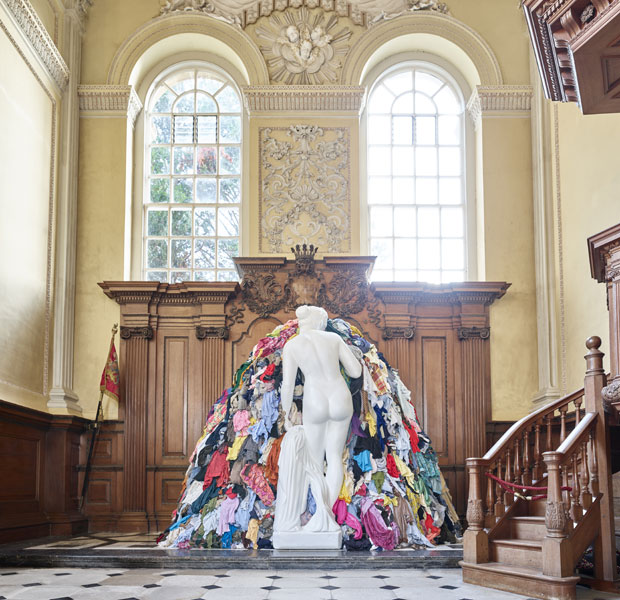
Venus of the Rags (1964–2016), Michelangelo Pistoletto. Photo: Tom Lindboe. Courtesy of the Blenheim Art Foundation
‘Michelangelo Pistoletto’ is at Blenheim Palace until 31 December 2016.
Unlimited access from just $16 every 3 months
Subscribe to get unlimited and exclusive access to the top art stories, interviews and exhibition reviews.

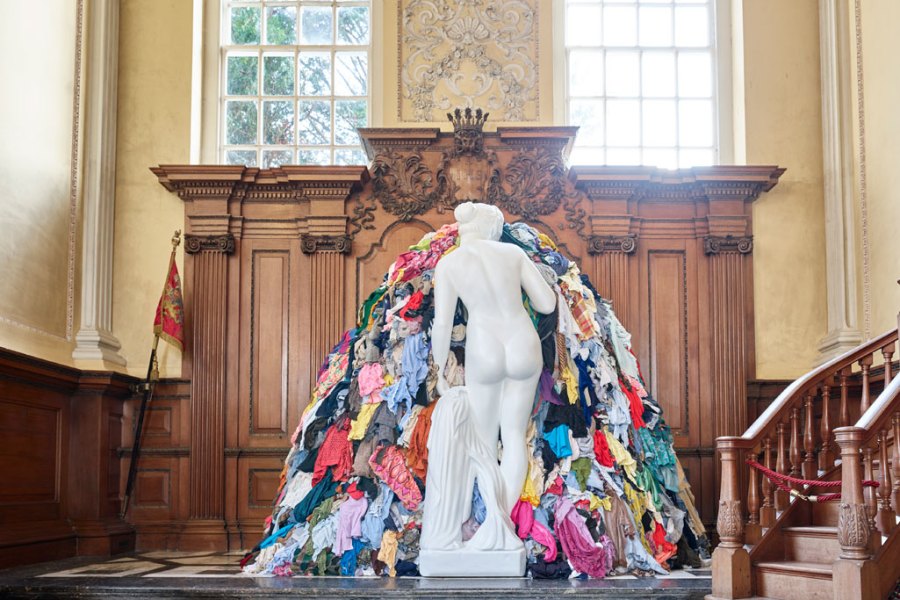
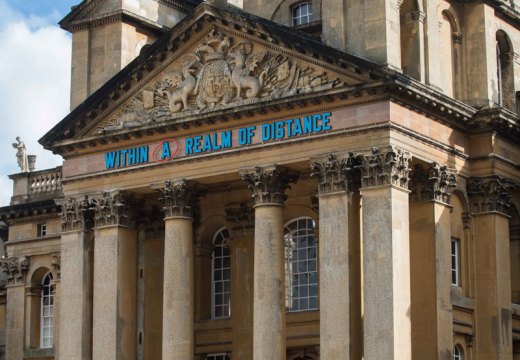
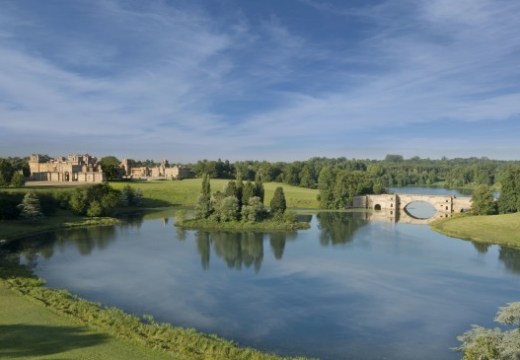
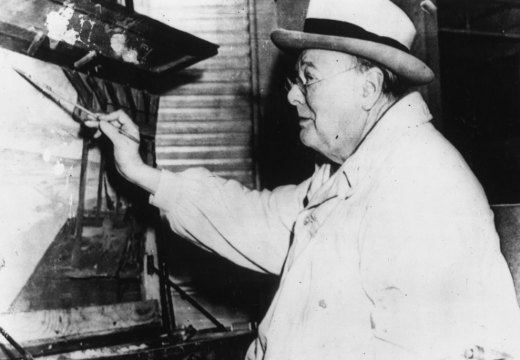









![Masterpiece [Re]discovery 2022. Photo: Ben Fisher Photography, courtesy of Masterpiece London](http://www.apollo-magazine.com/wp-content/uploads/2022/07/MPL2022_4263.jpg)
Why are fathers so absent from art history?